A diet for deer
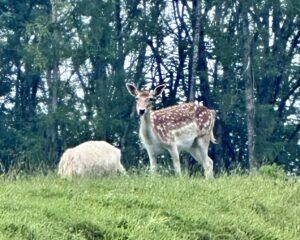
Fallow deer were probably introduced to England in Norman times and soon established themselves in woodlands and forests. Indeed, deer hunting was a popular ‘sport’ [for royalty and the aristocracy] for centuries. Fallow deer tend to live in isolated, single sex groups. At the time of the annual rut (September to October), the sexes come together and young are usually born in the following May / June, and weaned by October. The herds tend to forage over a wide area. staying only for a short time in any one place. They are herbivores and grazers.
They feed on ground vegetation, particularly during spring and summer. They may also 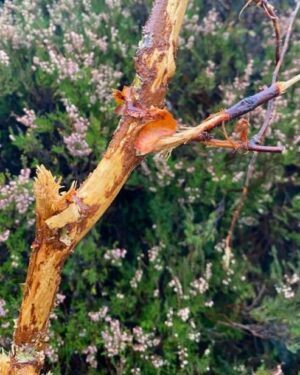 take the bark from trees, this can
take the bark from trees, this can
- cause distorted growth of grazed plants or
- result in the death of young trees or
- prevent the natural regeneration of woodland.
- Allow the entry of disease causing bacteria or fungi.
Recently staff from Bangor and Reading university have investigated the diet of fallow deer in some detail. They studied deer in three woodlands in the Elwy Valley (North Wales). The researchers use a DNA sequencing technique termed metabarcoding, which can identify which plants are present in deer droppings. Samples from droppings were collected from the woods every month for two years. Samples were also collected from deer in a local zoo for comparison. The researchers expected the deer droppings to contain lots of grass DNA all year round, with material from broadleaf trees at certain times of year.
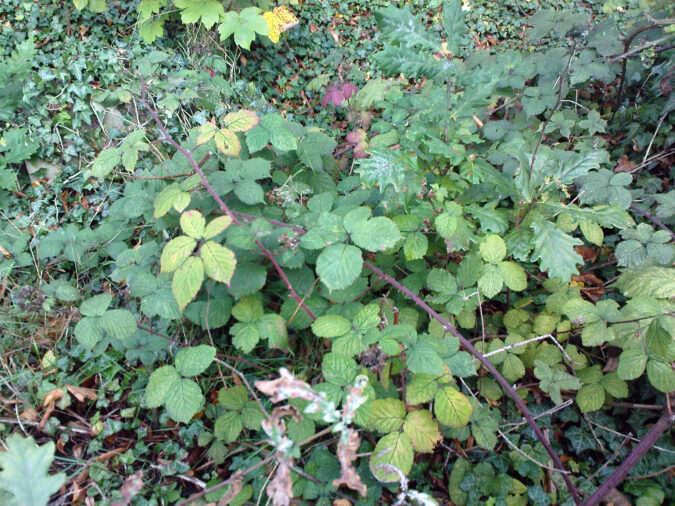 However, the results were surprising in that bramble made up to half of the diet of the woodland deer in late summer, and rose to 80% in winter. Perhaps unsurprisingly they ate large quantities of acorns in autumn, and leaves from the broadleaved trees in Spring and Summer. Grass turned out to be a small part of their diet, reaching a peak of 6% in the Autumn. Also rare was DNA from coniferous trees. A survey of the vegetation in the woodlands showed bramble (Rubus fruticosus) was abundant, offering edible material throughout the year. It was a consistent food source.
However, the results were surprising in that bramble made up to half of the diet of the woodland deer in late summer, and rose to 80% in winter. Perhaps unsurprisingly they ate large quantities of acorns in autumn, and leaves from the broadleaved trees in Spring and Summer. Grass turned out to be a small part of their diet, reaching a peak of 6% in the Autumn. Also rare was DNA from coniferous trees. A survey of the vegetation in the woodlands showed bramble (Rubus fruticosus) was abundant, offering edible material throughout the year. It was a consistent food source.
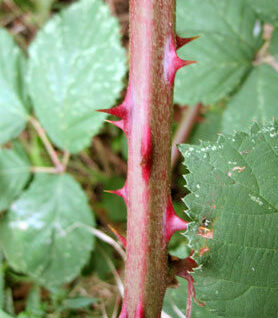 The ‘dominance’ of bramble in woodlands may be the result of the opening up of tree canopies as a result of severe storms [more frequent in recent times], and the death of trees from disease. Access to light, means that brambles can regrow quickly and colonise open ground, where trees have fallen. Brambles can form a prickly barrier around young trees, which protects the saplings from the browsing of the deer. However, it can also smother young trees and shade out some of the woodland ground flora. Intensive deer browsing can limit the growth of brambles, so there is a balance to be struck.
The ‘dominance’ of bramble in woodlands may be the result of the opening up of tree canopies as a result of severe storms [more frequent in recent times], and the death of trees from disease. Access to light, means that brambles can regrow quickly and colonise open ground, where trees have fallen. Brambles can form a prickly barrier around young trees, which protects the saplings from the browsing of the deer. However, it can also smother young trees and shade out some of the woodland ground flora. Intensive deer browsing can limit the growth of brambles, so there is a balance to be struck.
Analysis of the different plant DNA’s in deer droppings [faeces] of the six deer species in the UK will help build an understanding of the ecological role of deer in our woodlands.
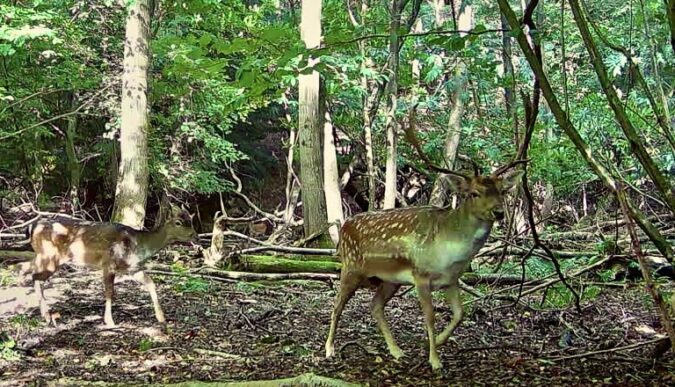 Full details of the DNA metabarcoding work here :
Full details of the DNA metabarcoding work here :
- https://besjournals.onlinelibrary.wiley.com/doi/full/10.1002/2688-8319.70008 or
- https://www.bangor.ac.uk/news/2025-02-10-why-the-study-of-deer-poo-in-north-wales-could-shed-light-on-the-future-of-woodland
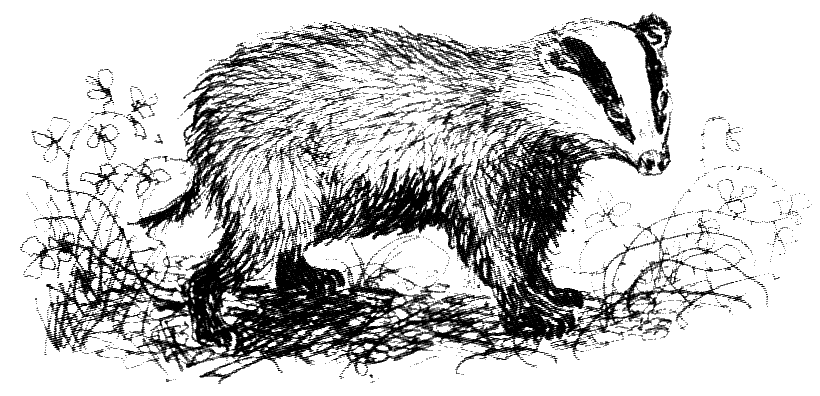
Leave a comment